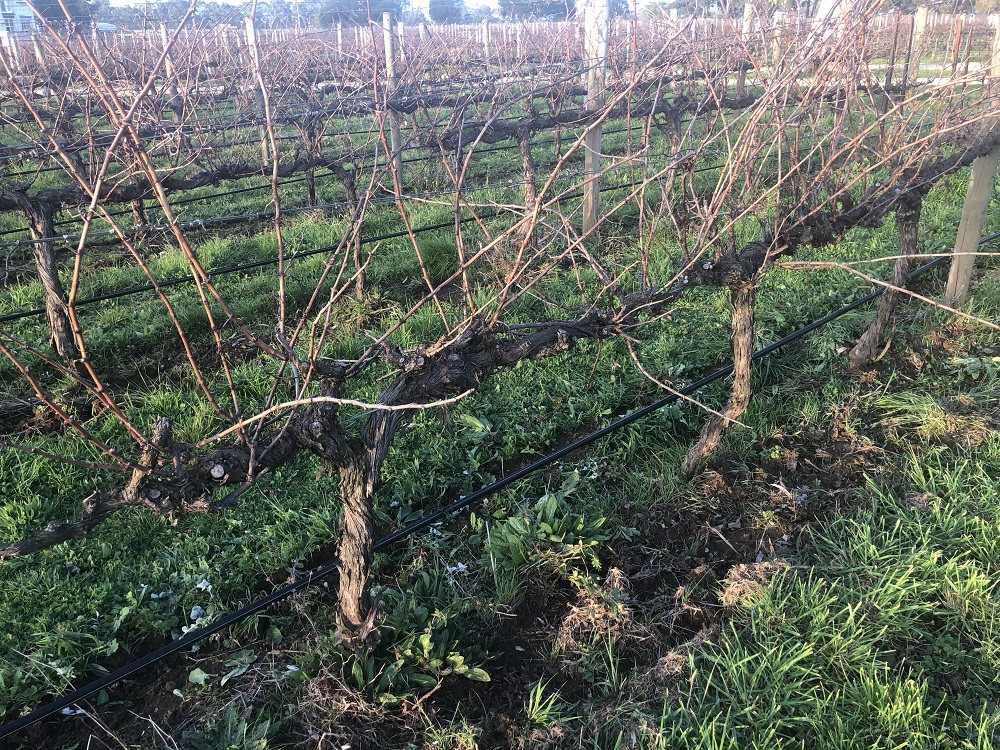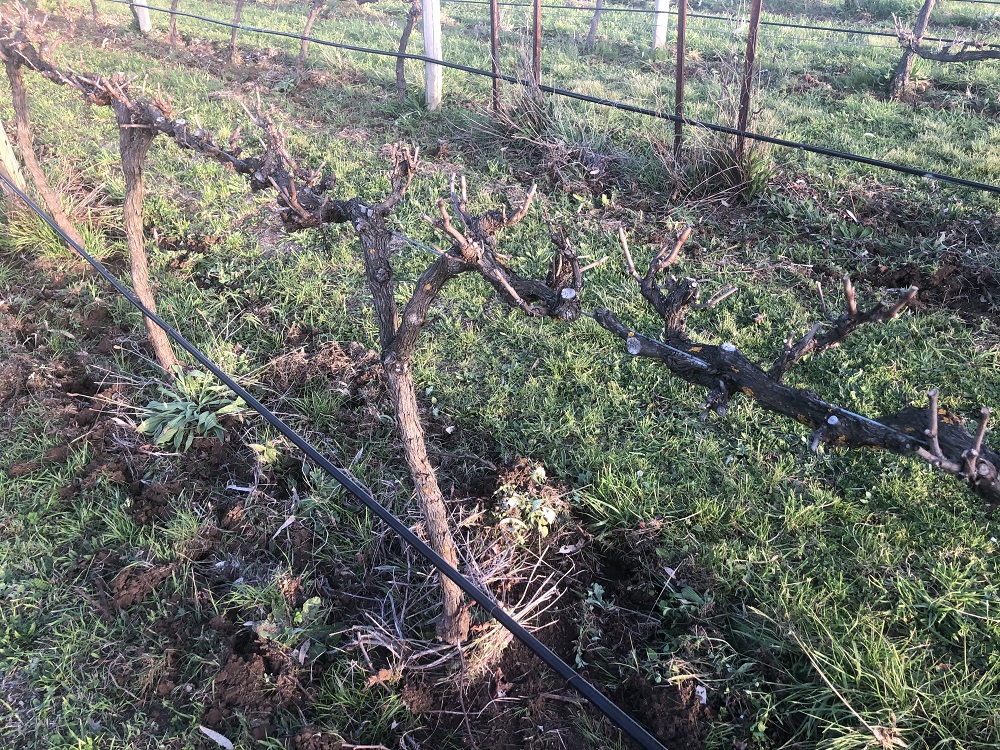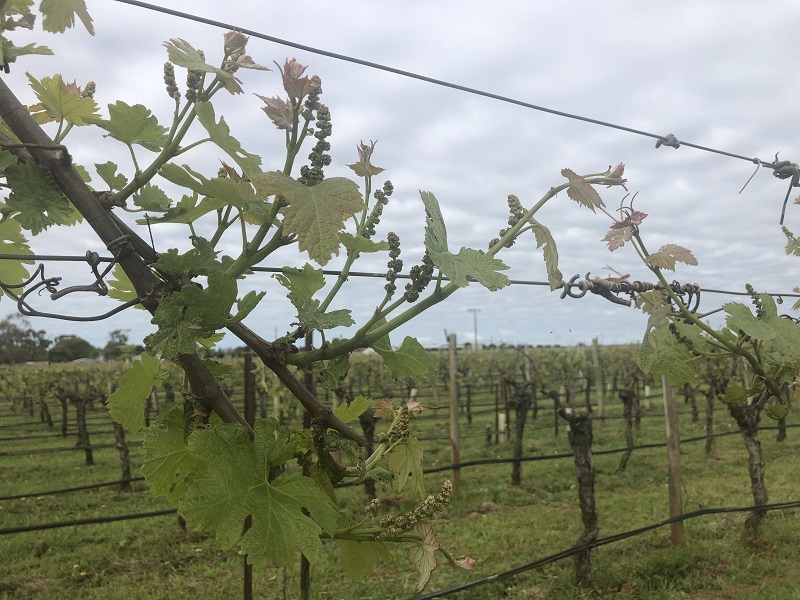Sustainable wine growing at Highbank
- Vineyard Management: Continuously improving the environmental, economic and social aspects of our business
- Social Equity: Life issues for vine workers and neighbours
- Water Conservation: Monitor irrigation of weather, plants and soil
- Safe Pest Management: Use beneficial insects and avoid insecticides
- Fruit Quality: Quality vines means quality fruit
- Energy Conservation: Reduce our carbon footprint
- Biological Diversity: Many diverse flora and fauna are encouraged
- Soil Conservation: Soil improved by natural methods
- Pollution and Waste Control: Composting and recycling
Highbank Wines are proudly a certified member of Sustainable Winegrowing Australia

What is happening in the vineyard (August)
A commercial vineyard operation in Australia would usually have a ratio of one employee to more than one hundred acres, we have one employee to thirteen acres. As you can imagine you really get to know the vines (Gertrude, Andrew, Bertha, Harry) and the ground (terroir) by being small (boutique) vineyard. There are two very time consuming approaches to vineyard management that really make a difference to our wine’s quality.
Firstly, HAND PRUNING, which is FIVE times more expensive than mechanized pruning from a tractor.
We prune ALL our vines by hand using electric secateurs, one vine at a time, counting the remaining buds to arrive at the perfect number to balance the vines performance. This approach is carried out by very few wineries but if you are serious about quality it is a very good place to spend your money. We start with the vines whose buds burst last and finish with the vines which will go through bud burst early. The fewer buds remaining, the more pressure to force growth. This also helps us avoid frosts by moving bud burst by as much as two weeks. We also use both two bud spur and arched cane approaches to vine pruning and several vine trellising approaches not to complicate things but to respond to nature. Hand pruning has been a proven traditional approach for quality in the finest vineyards around the world.
Secondly, NO HERBICIDES. We do not use any chemicals that could cause harm to human health and the environment. Our vines have been grown without the use of chemical fertilisers, herbicides or insecticides on all of our properties for more than 35 years.
Our approach to weed control is to use an under vine weeder, manufactured in Germany by Clemens, to scarify the ground under the vines, This approach undercuts the roots of any unwanted competitive plants. Any weeds which are missed are then removed by hand hoe.
Thirdly, HAND PICKING, as we only deal with the Family Reserve and the Merlot.
To see a short video of the under vine weeder in action, click here https://highbank.wine/preparing-for-the-2021-vintage/
What is happening in the vineyard (November)
The vines have been fertilised and are now quietly growing. They have reached the stage of growth called flowering. It is during this stage that the pollination and fertilization of the vine takes place resulting in a grape berry. Now we need to let nature take over as sun, wind and rain surround the flowering season.
To prepare the vineyard we analyzed the soil makeup to make sure that all the natural elements are in balance and available to the vines. We then have formulated an organic fertilizer, supplied by a Queensland company, who specialize in putting together custom blends of nutritional components. The resulting fertilizer mixture is distributed over the entire floor of the vineyard using a specifically designed piece of equipment, which is calibrated to broadcast the optimum amount.
To see the fertiliser in action visit https://highbank.wine/more-preparation-for-the-2021-vintage/
To show the growth, the above photos were taken four weeks apart – the first photo (on the left) was taken mid September and the second photo (on the right) was taken mid October.





